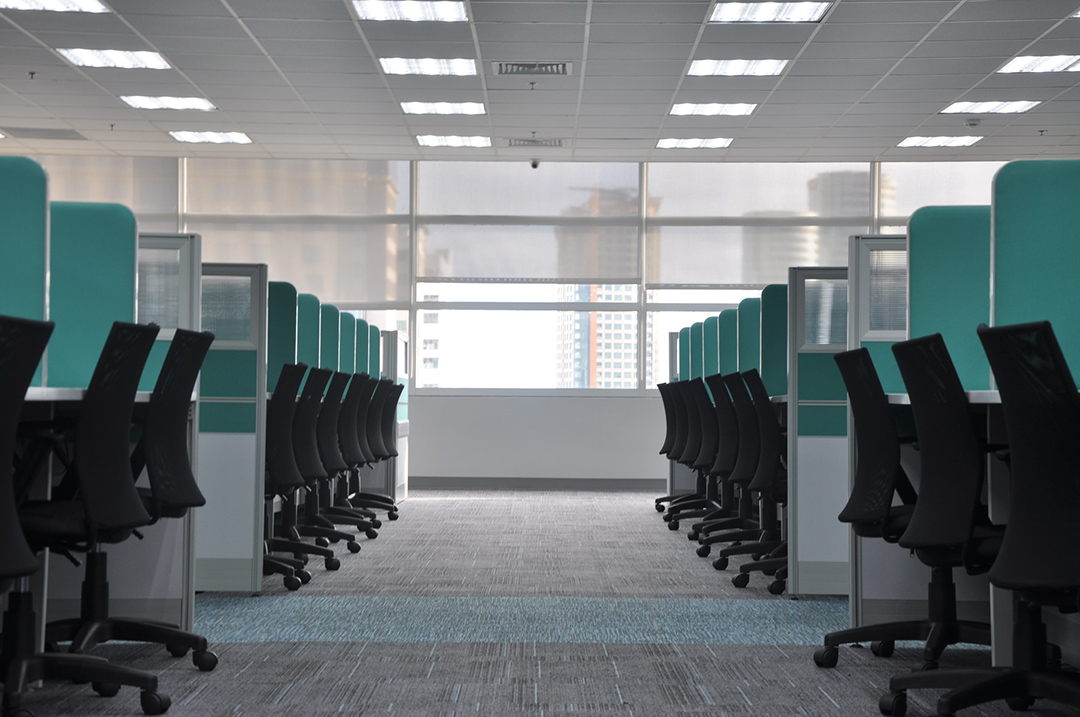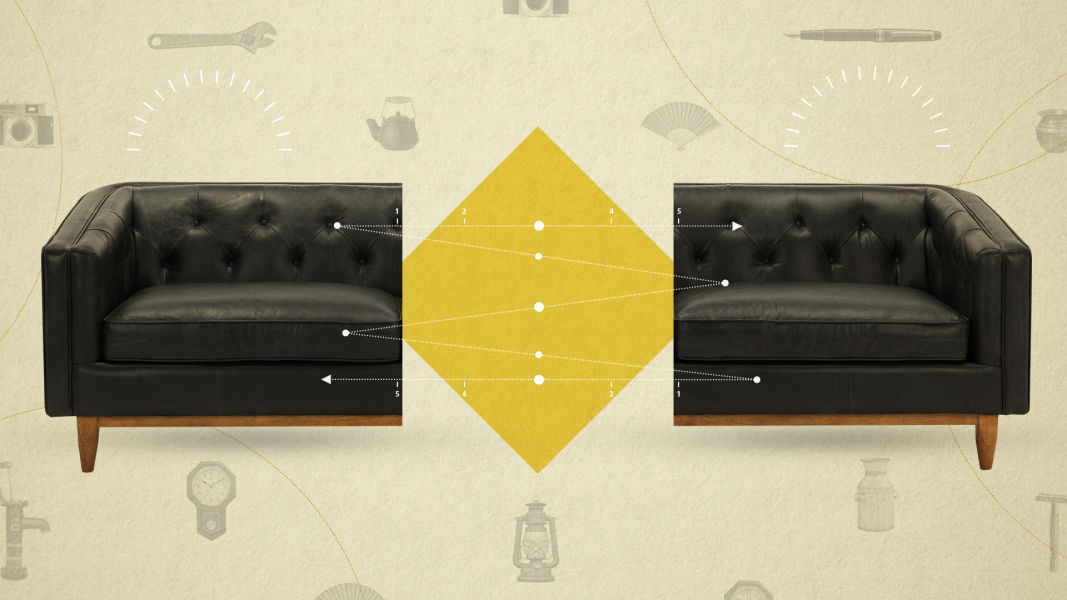Dear Office, your services are terminated
Six weeks ago, 16 days into the lockdown, we speculated on the deep design of a post-corona world. The analysis had layers, from ‘layer 1’, the physical spaces that we inhabit, to the psychological ‘layer 3’: the arguable, hard-to-spot, broad, themes, sentiments and anxieties.
These themes govern societies, and it appears, governance itself. The Prime Minister’s speech on May 12 underlined supply chains and self-reliance. The previous speeches, not only in tonality, talked of a great civilisation addressing the modern world. These were not speechwriter’s platitudes. They were called out in the previous speculation.
The gradual lifting of the lockdown—because it was a success, a failure, or was unaffordable—is the right time to examine a ‘layer 1’ topic: the office, a space we seek to re-habit. Also because taking something away is the surest way to appreciate it.
The demise of the office has been foretold yet again. But there’s a lot of fight left in the old lady. Appreciating the office, against the grain of the moment, is a precursor to doing it better as we get back in.
Companies cutting back on office floor space are also pruning (or hacking away at) staff. Some may never fully re-flate. Some permanent changes may owe nothing to the disease; forced exposure to something can lead to sticking with it. As creatures of imitation, we imitate ourselves: it was ok, quite nice really, no problem, I’ll keep that.

As the pandemic rages on, many have speculated on the end of the office
Another way to examine a thing is to see how it got there, and what preceded it. The first offices were extensions to royal courts. With greater devolution of power and organisational complexity, records became necessary and cloth or paper documents, scrolled or flat dominated the walls (hence called libraries by later observers), They were parts of royal establishments and decorated as such, to the degree that their distance from the royal centre allowed.
The commercial revolutions of mercantile and industrial capitalism in the 18th and 19th centuries saw the rise of pure offices—for working staffers rather than public dealing—even in multi-storied buildings. The elevator arrived in 1852 and the office shot skywards.
The 20th century created the Productivity Office (capitals mine), designed for efficiency. It was also the time that regular hours of work became normal. The ‘Efficiency Desk’ (as it was called) pushed storage drawers below the table, giving a supervisor clear views of people at work across large, clean floors. This was ‘Taylorism’ (from FW Taylor’s influential studies of time and motion). It asserted a mechanical, industrial logic for the office.
Cubicles and rooms struck back, of course. Privacy is a condition of creativity, or is it? Modern offices, depending on the business you’re in, consist of mixes of these. The argument isn’t over; managements use bean bags and pool tables to signal one thing and rows of desks to mean quite another.
__________
Till the early to mid 20th century, we worked in the information office, built around the drawn, written or typed document. The information office in physical form became obsolete a while ago. Work from home (WFH) does it perfectly. If you have a server on site, consider the hint given: move it to the cloud.
The same goes for communication between people, if it is about information. Remote methods equal or better physical presence. Meetings are crisper, less wasteful, scheduled more consciously.
But with the arrival of non-physical, verbal and symbol-manipulating professions (eg advertising) creativity has become an office product.
If you are a WFH creator, aren’t things better, while you’re actually creating? (Ad legend David Ogilvy rarely wrote ads in office). Until you must discuss the brief you just got, or have to deliver one. Online tools are poor at fluid non-verbal communication. The subjective professions ask us to do more than emit facts. We infect our listeners; with our temperaments, moods, and feelings. Reading and making expressions is crucial to effective conversations. It’s a lightning fast, low energy process we’re evolved to be good at. Much of what is called Zoom fatigue comes from the cognitive brain trying to compensate for sensory underflow, not just bad audio.
Perhaps more flexible work contracts will emerge. Perhaps higher resolution conferencing solutions will fill in the gaps. Etiquette could change to demand constant visibility, so we can see if you’re texting when I’m feverishly trying to make a point. (Conference software can be done much better, but that’s another story). Perhaps even the need to use the office to barrier home and work can be worked around.
Yet, the key parts of an office that are those that technology will not simulate, because they spring from its symbolic and cultural facets.
Recall (as historian Yuval Noah Harari posits) that we sapiens edged out the equally big brained Neanderthal with communitarian cooperation built around common belief in fictions like the company, a creation of legal paperwork.
First, it’s the office that lends the organisation a physique, a pet theme of this column, giving a visual presence to the co-operative fiction that the organisation really is. It is far easier to be loyal to a physical place or trust it to pay (remember scams that lead to post boxes?) or honour its word. It’s a relatively expensive signal of commitment. Call it the Temple Office.
The second is culture. In management guru Peter Drucker’s words, ‘culture eats strategy for breakfast’. Culture means imitating behaviours modelled by humans, performed physically and in real time. Preferably, in public: mutually seen witnesses seal the deal. We commit to doing (good) things in office far more easily than when we’re thinking coldly about them at home. It’s far harder to let down those you meet physically, and more so, those you eat with. The Theatre Office, Town Hall Office and the Dining Office are all real things.
The pandemic will pass, but it has introduced us to new possibilities, and shown us how to improve the office. New work contracts will and should be created. Maybe there will be fewer desks. But mess with the office’s fundamentally human core and you threaten the business. Loyalty is an asset to be invested in. Don’t call HR yet to fire the office; it deserves to be retrained and retained.
_____________________________
First published in a slightly modified form ‘Dear Office, your services are terminated’ in Business Standard, 23 May in Deep Design, a fortnightly column by Itu Chaudhuri.


